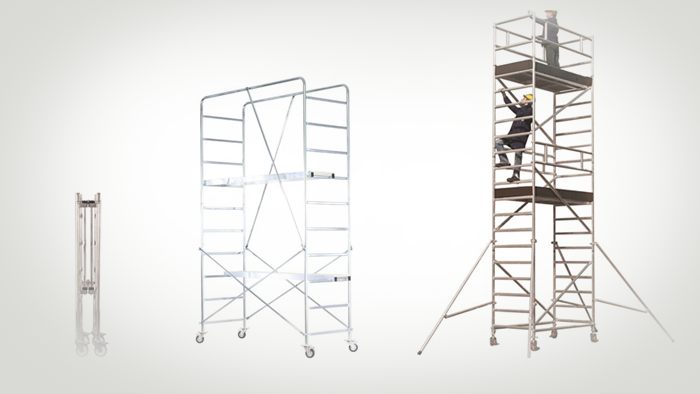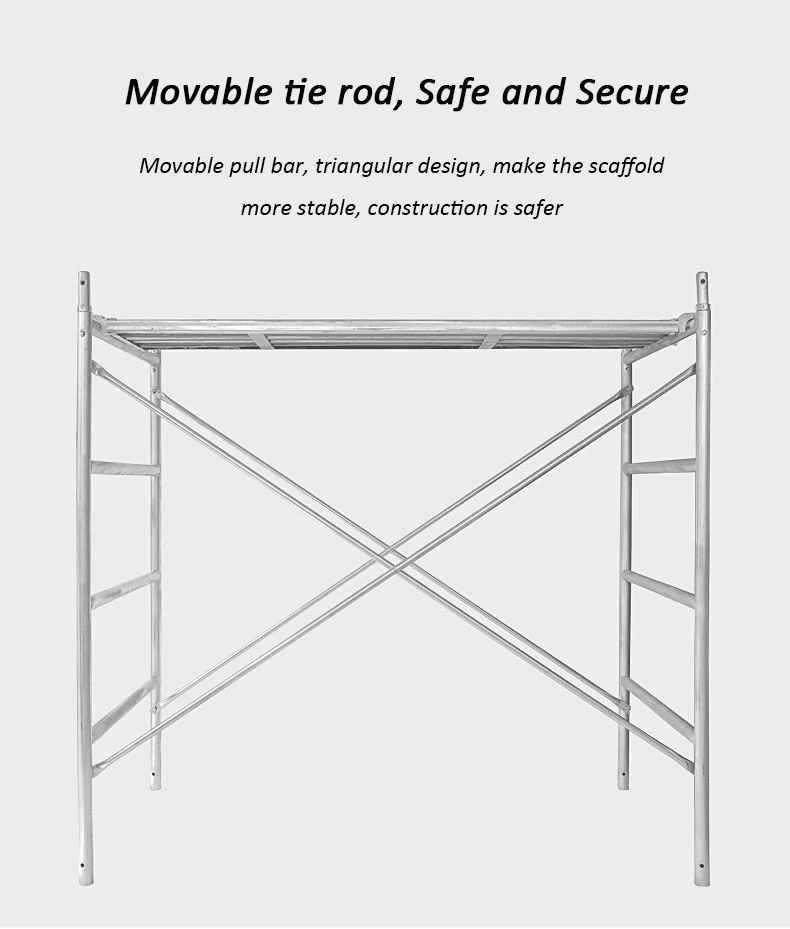


While a PCBU may be an individual or an organisation, in most cases the PCBU will be an organisation, for example a business entity such as a company.Īll PCBUs must ensure, so far as is reasonably practicable, the health and safety of workers and that other people are not put at risk from the work of the business or undertaking. These include PCBUs, officers, workers and other persons at workplaces.įor more information see WorkSafe’s special guide Introduction to the Health and Safety at Work Act 2015 2.1 Person conducting a business or undertaking (PCBU) HSWA defines the roles and responsibilities of different duty holders. Sections of HSWA and regulations can be found in shaded boxes. Table 1 : Requirements in this guidance 1.4 Key Recommended practice or approach, not mandatory to comply with the Act or these guidelines

Legal requirement that has to be complied with See Section 4: Training and certification for more information on certificates of competence. The HSE Regulations define three different types of scaffolding: Basic, Advanced and Suspended. NZQA registered unit standards may assist in fulfilling the qualification requirement. This may be acquired through training, qualification, experience, or a combination of these. ‘Competent’ means someone has the appropriate knowledge and skills to carry out a particular task. 1.3 Key terms Scaffolder/certified scaffolderįor the purposes of these guidelines, a scaffolder or certified scaffolder is someone who holds a current certificate of competence appropriate to the type of scaffold that is being erected, used, maintained, repaired, or dismantled. They have formerly also been called best practice guidelines. Good practice guidelines may sometimes be cited by WorkSafe as an expected standard of practice if poor practice is being alleged. However, if a duty holder deviates from good practice they should have well thought out reasons for this and be able to provide appropriate evidence. Good practice guidelines give advice – they are not legally binding.
A frame scaffolding design how to#
When deciding how to do a job safely, make sure to check any industry-specific guidance.Ī list of standards and guidelines relating to scaffolding, scaffold components, and other industry guidance that could be relevant to a scaffolding site can be found in Appendix C: Further information. To purchase Standards, go to the Standards New Zealand website: (external link) or email: industries have guidelines that deal with specific problems faced in their working environments, such as the electricity sector or plant and machinery hire.
A frame scaffolding design series#
In particular, duty holders should use the joint Australian and New Zealand Standard 1576 series as the benchmark for designing, manufacturing, and working safely with scaffolding. Some requirements and recommendations in the guidelines are based on a benchmark set by New Zealand and/or International Standards. They also explain the relevant legal requirements of HSWA and the HSE Regulations. These guidelines represent the current state of knowledge (the best available at the time of publication) on the safe design, use and maintenance of scaffolding in New Zealand. The guidelines also include structures that may not be strictly classed as scaffolding under the legal description, but which are constructed using standard scaffold components (eg temporary grandstand and roof edge protection). It includes any equipment or item used in connection with the construction, erection, dismantling or use of scaffolding. Scaffolding is defined in the HSE Regulations (see Appendix A).

For more information on the specific regulations relating to scaffolding work, see Appendix A: Scaffolding regulations. These guidelines are for persons conducting a business or undertaking (PCBUs), workers, upstream PCBUs (see Section 2, Roles and responsibilities), and other people involved in scaffolding work.Īll work involving scaffolding must comply with the requirements of the Health and Safety at Work Act 2015 (HSWA) and all relevant regulations, including the Health and Safety in Employment Regulations 1995 (HSE Regulations) and the Health and Safety at Work (General Risk and Workplace Management) Regulations 2016 (GRWM Regulations).


 0 kommentar(er)
0 kommentar(er)
